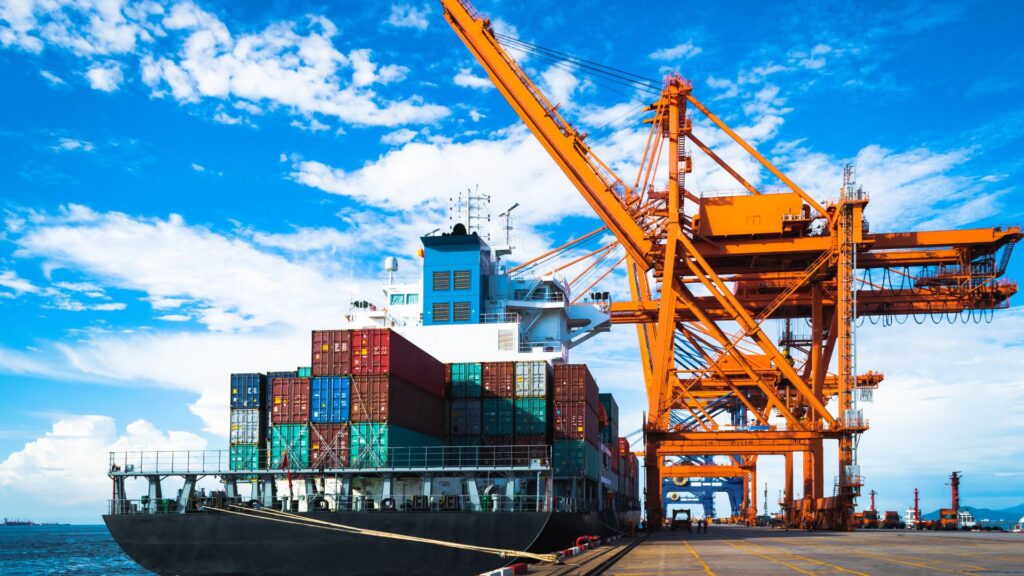During the pandemic, ministries learned how limited the models for predicting supply chain disruptions were. Now, even after the pandemic, there are many turbulent times affecting the movement of products and materials, new models need to be in place so that changes can be better anticipated. Supply chain risk assessment has taken on a whole new meaning and importance.

But how should this risk assessment be conducted? Government agencies want to do everything they can to protect the supply chain, but to do so they need complex insights and analyses to spot potential disruptions early. Because supply chains are dynamic, global and complex, they are largely resistant to simple analysis.
To successfully navigate the forces that plague supply chains, companies must be able to assess known risk factors and identify alternative means to deploy them a supply chain breaks. Tools and models that work with data to protect these supply chains and associated businesses must therefore be flexible and adaptable.
Best practices for risk assessment
Dun & Bradstreet, a global leader in data analytics and business intelligence, has identified four best practices that will help companies minimize the impact of threats and vulnerabilities in the supply chain:
- Use reliable data sources
- Identify place of origin and business connections
- Create a robust and flexible control system
- Build a diversified supply chain
Relying on data sources
Data, the heart of organizations in the 21st century, must be of the highest quality. Data must be globally complete, regularly updated and compliant with all privacy regulations. Data that comes from multiple sources offers the strongest validation of supplier identity. Also, this data can discover links to other companies in the supply chain.
Discover the ultimate stakeholder
Risks embedded in complex supply chains can be difficult to identify, especially when business connections and its dependencies are not transparent. Hidden risks often pose a greater threat to government programs than vulnerabilities that are easy to find. Hidden factors that can increase risk include global business relationships, inaccurate or incomplete information about ownership (UBO) and changing government regulations. As a result, the supply chain must be under constant control.
When evaluating suppliers, companies should use reliable data sources to determine whether:
- A business is part of a larger entity
- A supplier is owned by a foreign entity
- One parent company has ties to multiple entities in a supply chain
- There are observable threats - potential fraud, financial stability, cyber security risks - in the supply chain.
Monitor risks in the supply chain
When managing supply chain risk, reacting to threats is no longer an option. To stay ahead of risks and reduce their impact, agencies must continually strive to identify potential problems, take steps to protect assets and resources, be ready to shift gears when supply chain risks change, and plan to continue operations with minimal impact when links in a supply chain become unsustainable.
Advanced technologies, particularly artificial intelligence (AI) and automation, are enabling integrated solutions that extract value from data to look inside supply chains. These solutions enable real-time monitoring of suppliers and subsidiary networks, which can detect unseen risks: cyber threats, network vulnerabilities and business shutdowns that can affect supply chain efficiency. Detection enables agencies to take corrective action before risks become manifest and harm business operations.
Diversify the supply chain
Concentrating supply chain suppliers among too few entities increases the risk of negative consequences if something goes wrong. Companies should minimize their supply chain dependence on companies with manufacturing operations in unstable regions or hostile countries. Building supply chains with verified suppliers and partners in stable parts of the world minimizes security risk. The right tools, using proprietary data and advanced analytics, uncover corporate information - ultimate corporate ownership, foreign influence, hidden business connections - that help companies make better-informed decisions.
To be warned is to be armed
While no one can predict the future, we know that threats to supply chain integrity will not disappear, but rather increase. Criminals, hackers, rogue actors and foreign adversaries are motivated by illicit profits, infrastructure sabotage, intellectual property theft and IT system cracking. Many of the people and entities seeking to disrupt supply chains are well funded and technically well armed. They understand that a supply chain is only as strong as its weakest link. As a company, now is the time to be ready.
